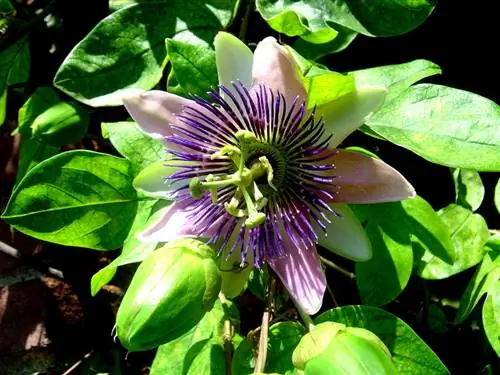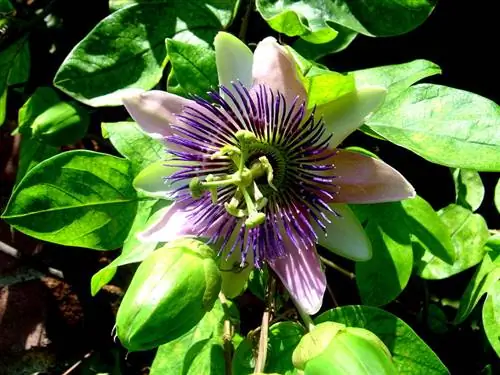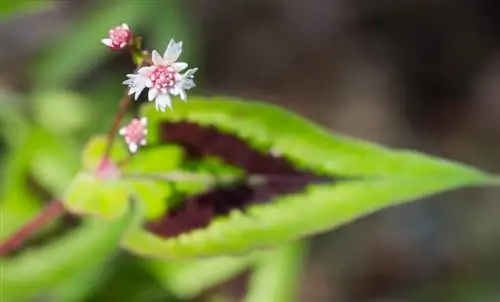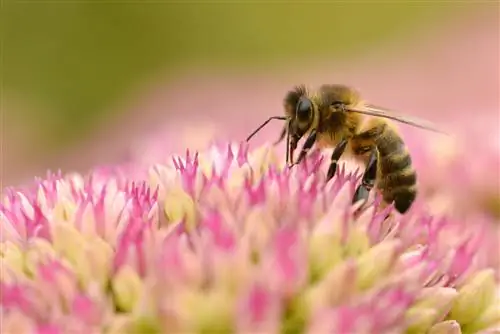- Author admin [email protected].
- Public 2023-12-16 16:46.
- Last modified 2025-06-01 06:02.
The passionflower plant family is very large, with an estimated over 500 members. With the exception of one species, the delicate Passiflora gracilis, all Passiflora are perennial and can easily live 10 years or more if the conditions are right and well cared for.

Are passion flowers perennial?
Most passionflower species are perennial and can easily live 10 years or more if well cared for. An exception is the annual Passiflora gracilis, which flowers and grows quickly.
Many Passiflora species only bloom in their second year
Many new owners of a “Passi”, as these beautiful climbing plants are affectionately called by their fans, are surprised when the plant grows luxuriantly but does not yet want to show its magnificent flowers. This unwillingness to bloom does not necessarily have to be due to the plant's laziness or incorrect care, but simply because it is too young. Most passion flowers actually only bloom in their second year because a cutting or seedling from spring first puts its energy into growth and the development of the roots. Only cuttings that were taken the previous fall and overwintered bloom faster.
Passiflora gracilis - a delicate beauty
An exception among the passion flowers is the annual Passiflora gracilis, which grows and blooms very easily. This passionflower, originally from Central America, usually feels very comfortable in our Central European climate and begins to show its delicate, greenish-white flowers soon after being planted. Their flowers are quite small with a diameter of around two centimeters, and they are not nearly as magnificent as those of other species. Nevertheless, Passiflora gracilis has its own charm due to its delicacy.
Overwinter passion flowers properly
If you want to enjoy your passionflower for many years, proper wintering is necessary. Passion flowers - no matter what type - are not hardy - even though some species can tolerate temperatures down to -15 °C for short periods of time. It is best to overwinter your specimen frost-free but cool. However, brightness is particularly important because these plants need enough light even in winter. Passiflora cannot survive a dark winter, for example in a cellar. Water the plant occasionally, but stop all fertilizing from September at the latest to gradually prepare the passion flower for winter.
Tips & Tricks
Pruning in the fall makes sense if you don't have the space to overwinter the entire Passiflora, which can be up to several meters high. In addition, a plant that has been cut back has a significantly lower light requirement, which can be an advantage in the dark season.






